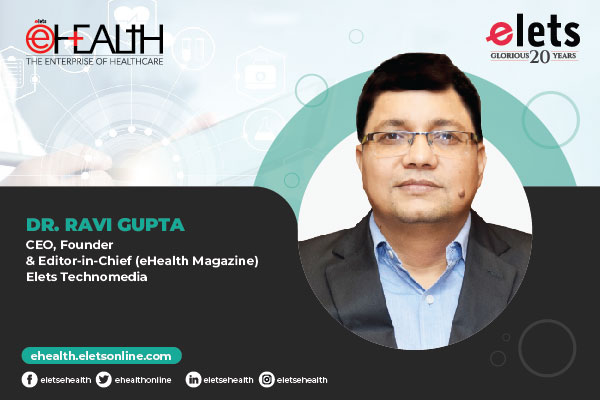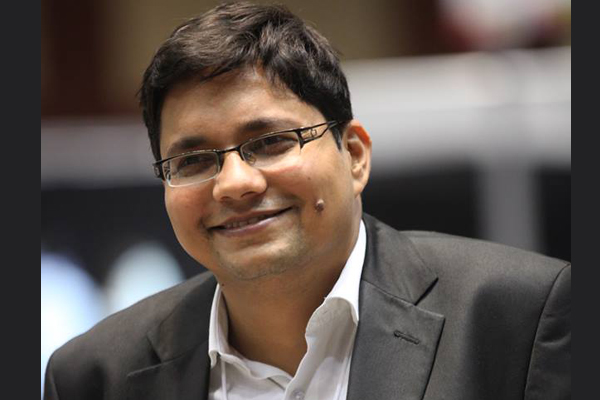Welcome to a very happy new year of 2007. In this brand new year, we have a brand new news for you; in view of the overwhelming responses from our esteemed readers from e-health fraternity across the globe, we have been induced to change gears. From a bi-monthly mode, we have now progressed to a monthly mode. Yes, from this issue onwards e-Health will be a monthly magazine, and that speaks volumes for the progress of e-Health as an idea whose time has come.
Simply put, e-Health is the synergy of ICT and medical science, which can not only facilitate, but revolutionize the healthcare of tomorrow. However, though the developed world has got familiar with the concept and practice of e-Health, the idea of e-Health is yet to take its root in the developing and underdeveloped nations of the world. This dismal fact is more true for a majority of the Asian countries, where poverty, ignorance and illiteracy rule the roost, and there is a predominant current of societal apathy towards use and application of new technologies. It is ironical, because the developing nations need the aid of e-Health much more than the western developed nations.

It is not only because the allocation for health budget in the developing countries is only 6 percent of their GDP on an average, compared to 11 percent in the developed countries, but also because of the by and large dilapidated rural healthcare infrastructure in the developing nations. At the same time, the prence of diseases is much more rampant in the developing nations than their developed counterparts.
We don’t have to go far to prove our point. Let’s take the example of India, where a large chunk of rural populace is having little or no access to quality healthcare. India spends only 1 percent of its GDP on health, and about 80 percent of its healthcare provision is concentrated in the urban areas.Besides, 85 percent of healthcare in India is channeled through private enterprise, and private healthcare is beyond the reach of majority of Indian populace.
e-Health can give an effective solution to all these deep-rooted inequalities in India’s and other developing countries’ depressing healthcare scenario, by simply bridging the geographical distance between the doctor and the patient, which may not only enable the patient in a Haryana village to get medical care from the US specialists, but can also help the patient to avoid or at least markedly reduce the number of visits to the doctor, and thereby save him/her spiraling medical expenses.

However, it should be borne in mind that e-Health is a great idea needing a smart ution. At present, there are several lacunas towards uting a comprehensive e-Health infrastructure in the developing countries across the globe, but thankfully, the possibilities are also immense. We discuss some of these pertinent issues in our January issue of eHealth, raised by our expert panel of writers.
In this context, the importance of eHealth Asia 2007, which will be held during 6-8 February 2007 at Putrajaya International Convention Centre (PICC), Putrajaya, Malaysia, just cannot be overemphasized.
Be a part of Elets Collaborative Initiatives. Join Us for Upcoming Events and explore business opportunities. Like us on Facebook , connect with us on LinkedIn and follow us on Twitter , Instagram.








